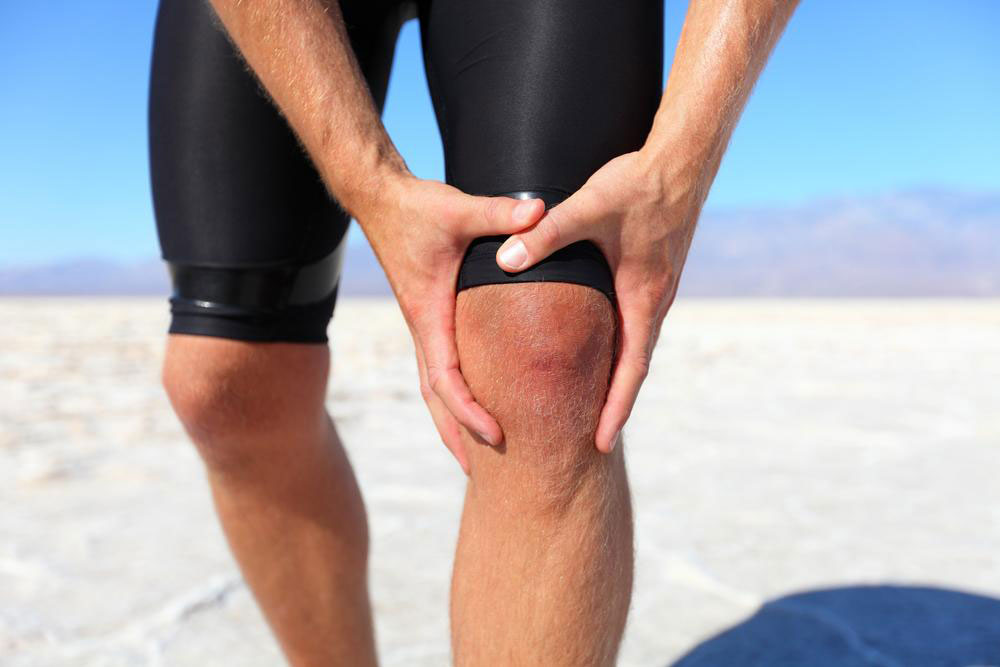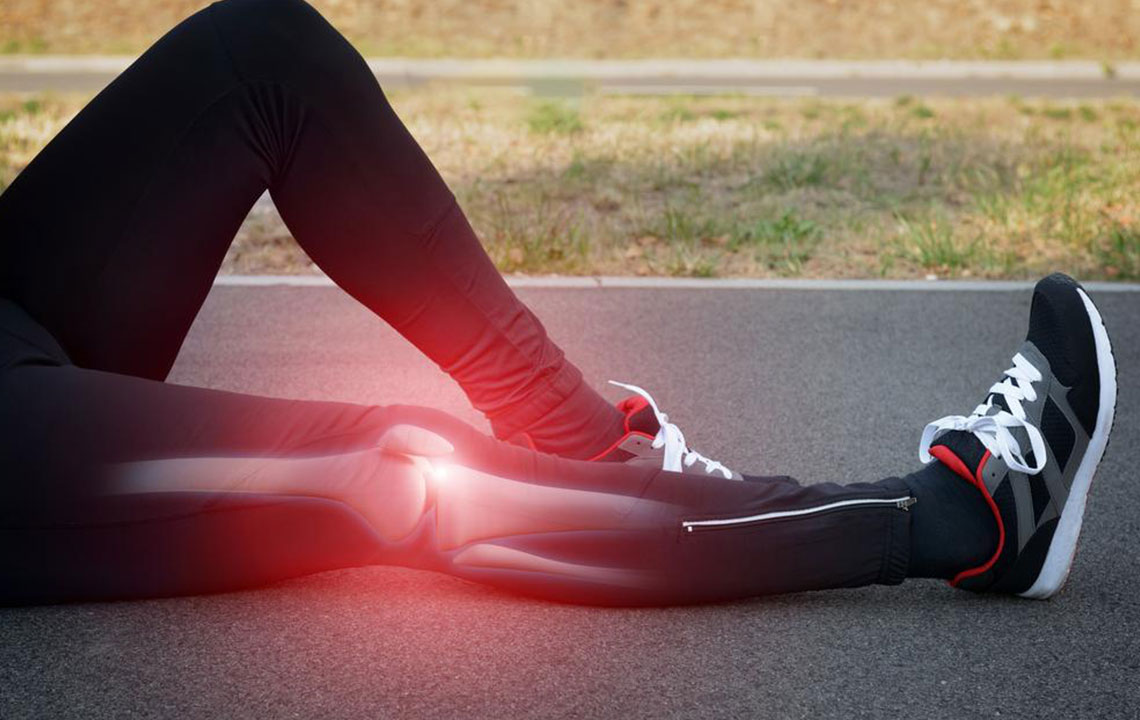Understanding Posterior Knee Pain: Symptoms, Causes, and Management
Posterior knee pain can stem from various issues like cysts, cartilage tears, or injuries. Accurate diagnosis is key to effective treatment, which may involve rest, physical therapy, or surgery. Recognizing symptoms early can prevent complications and promote healing.
Sponsored

Leg discomfort behind the knee can result from various issues affecting joints, nerves, ligaments, bones, muscles, blood vessels, or skin. Pain may be felt in different areas such as the ankle, foot, thigh, or directly behind the knee. The pain can occur during activity or while resting, often intensifying at night. Commonly, inflammation caused by injury or illness leads to discomfort. The back of the knee is composed of diverse tissues, making its pain multifaceted and sometimes associated with other symptoms such as weakness, numbness, or cramps.
The causes of pain behind the knee vary depending on the structure involved. Some common reasons include:
Popliteal cyst (Baker's cyst) resulting from arthritis or cartilage damage, leading to swelling and stiffness, often resolving spontaneously but sometimes requiring medical intervention.
Cartilage tears, especially of the meniscus, causing pain and swelling that worsens with movement or bending.
CPPD (Calcium Pyrophosphate Dihydrate Disease), an age-related condition producing swelling, warmth, and sharp pain due to crystal deposits.
Hamstring injuries, typically from overstretching or inadequate warm-up, manifesting as bruising, swelling, and limited movement.
Tumors, which might present as a lump along with pain and difficulty in knee movement, requiring medical assessment and possible treatment including surgery.
This range of potential causes highlights the importance of accurate diagnosis to determine proper treatment. Conservative approaches such as rest, ice, compression, and elevation, as well as medications or physical therapy, are often effective. In certain cases, surgical options may be necessary.




